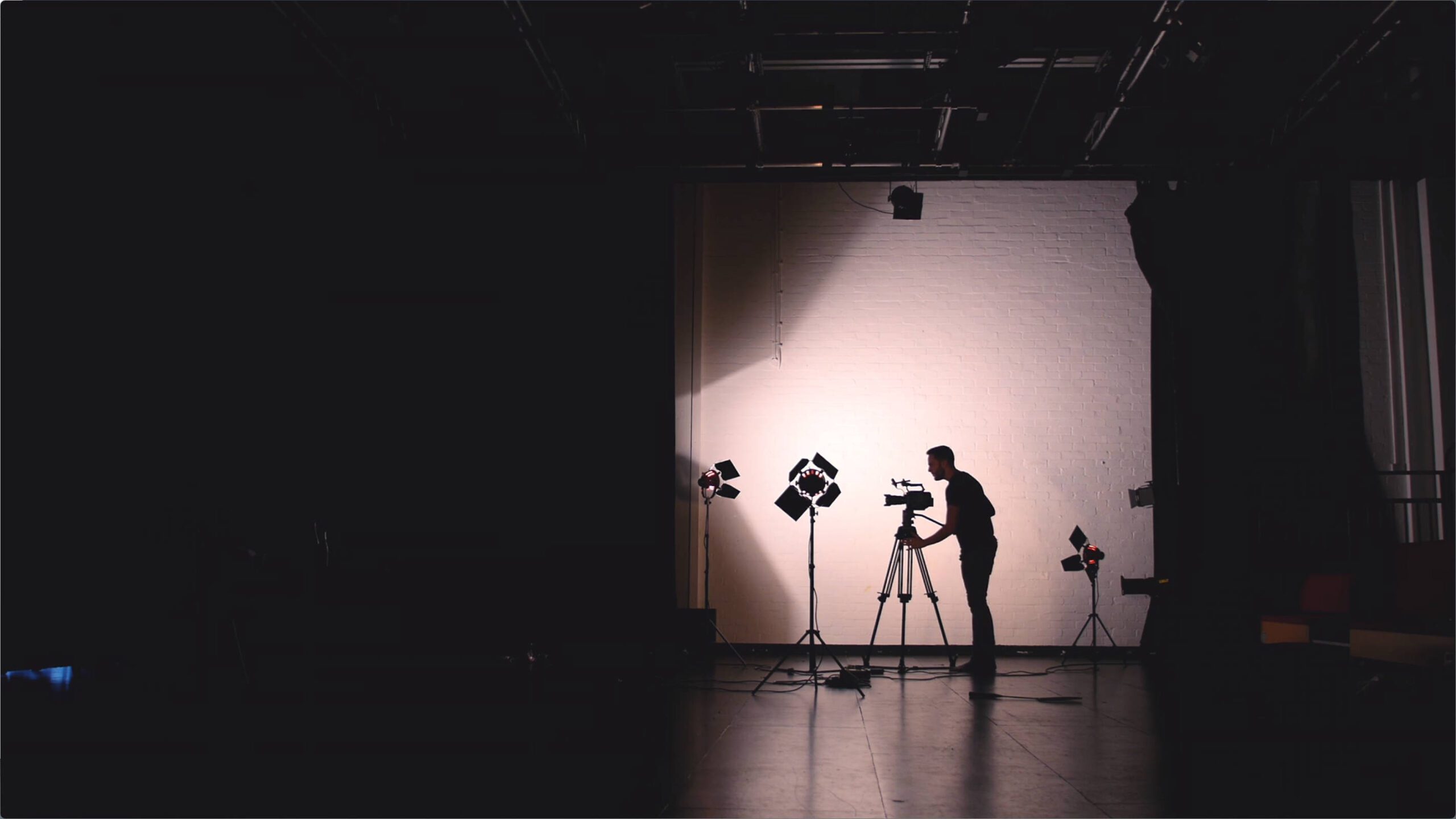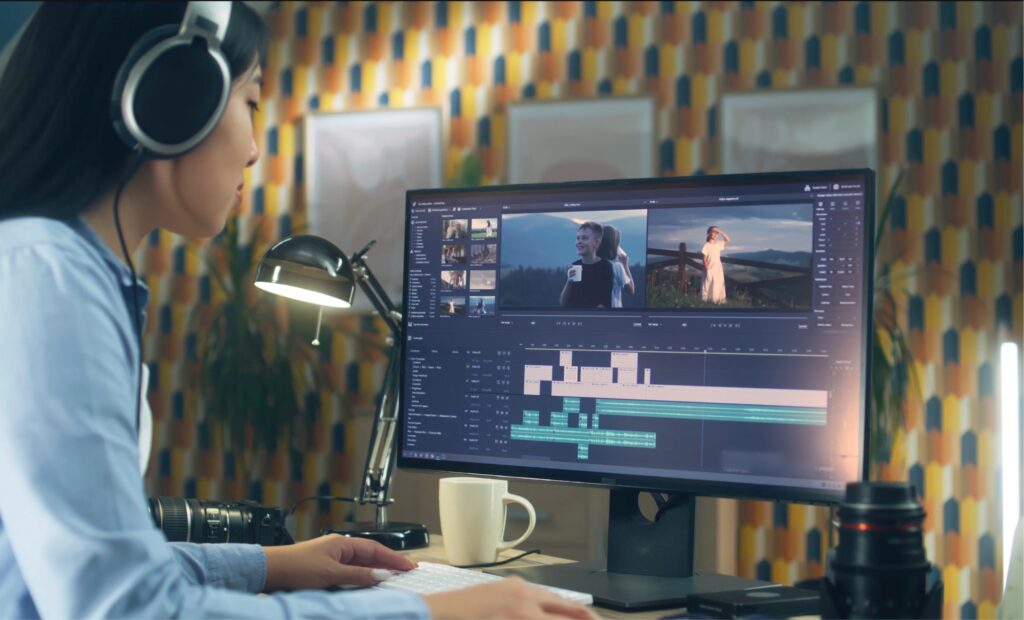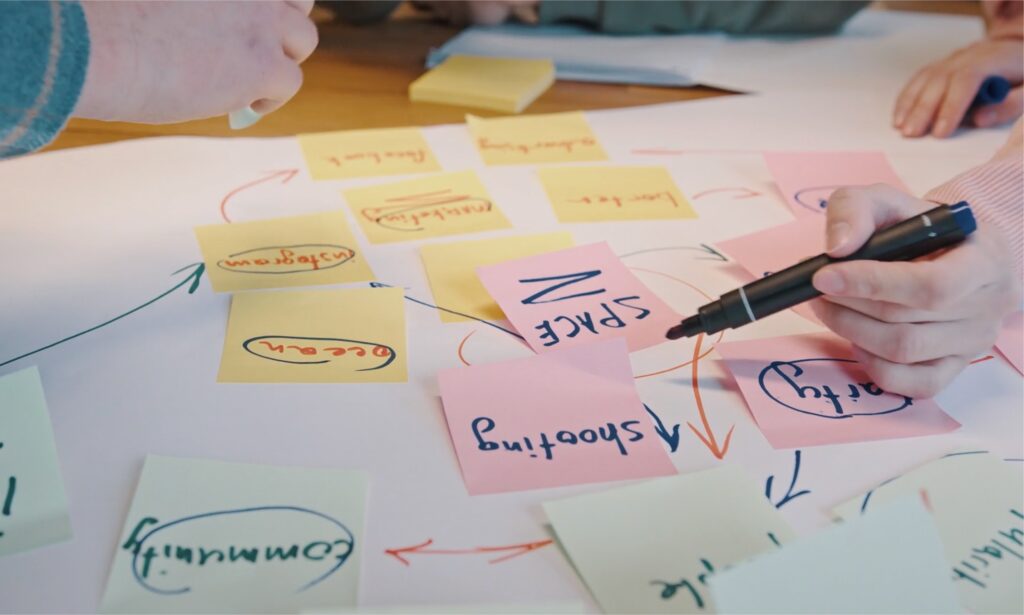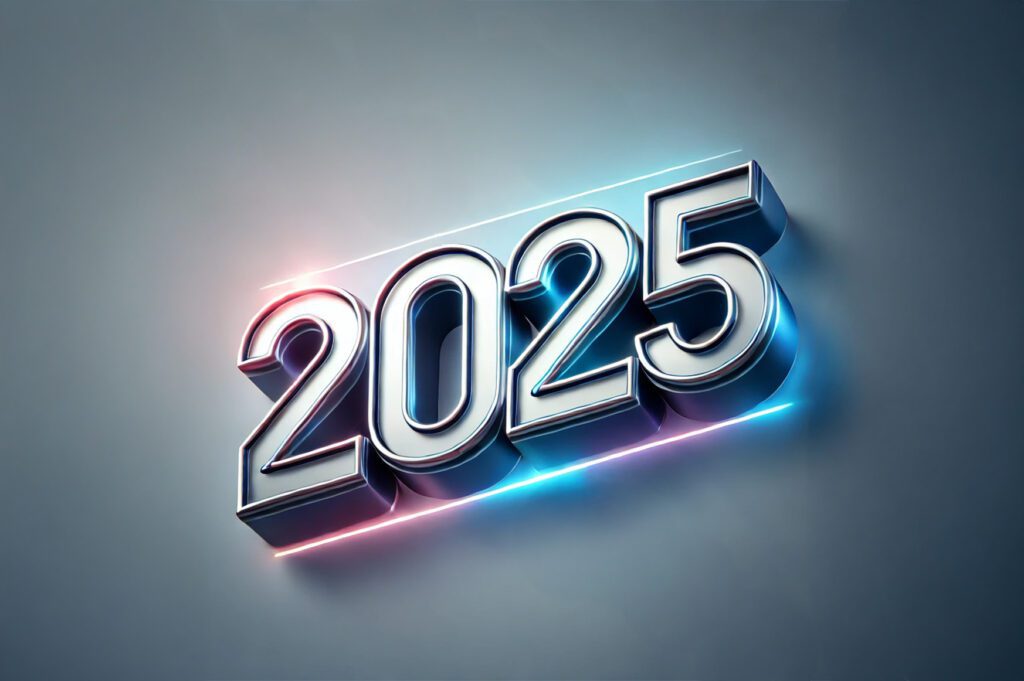Whether you are a content creator, a marketer, or an aspiring filmmaker, knowing how to produce professional-looking videos is essential to stand out in a sea of content. One of the most critical aspects of video production is lighting. This article explores essential lighting techniques, equipment, and creative tips to elevate your video quality and leave a lasting impact on your audience.
The Importance of Lighting Techniques
Before diving into the techniques, let’s understand why lighting is so vital in video production. Well-executed lighting can:
- Create Atmosphere and Mood: Proper lighting sets the tone and atmosphere of your video, evoking emotions and engaging your audience on a deeper level.
- Enhance Visibility: Good lighting ensures that your subject is clearly visible, allowing your viewers to focus on the message you want to convey.
- Establish Visual Hierarchy: Lighting helps draw attention to specific elements in the frame, guiding the viewer’s eyes and emphasising essential details.
- Highlight Production Value: Professional-looking lighting elevates the production value of your video, making it appear more polished and appealing.
- Convey Information: Lighting can be used strategically to convey information or signify changes in the narrative.
Mastering Three-Point Lighting
Three-point lighting is a classic technique that involves using three light sources to illuminate the subject effectively:
- Key Light: The primary light source, positioned at a 45-degree angle from the subject, provides the main illumination.
- Fill Light: Positioned on the opposite side of the key light, it reduces shadows and balances the overall lighting.
- Backlight: Positioned behind the subject, it adds depth and separates the subject from the background.
Three-point lighting is the foundation of many other lighting setups and is essential for professional-looking videos.
Understanding Light Temperature
Light temperature is measured in Kelvin (K) and determines whether the light appears warm or cool. For example:
- Daylight: Around 5600K, providing a cool and blueish tone.
- Tungsten: Around 3200K, giving a warmer, orangeish hue.
Adapt your lighting to match the mood and message of your video. Warm tones can evoke comfort and intimacy, while cool tones add a sense of professionalism.
Utilising Soft and Hard Light
Light sources can be categorised as soft or hard based on the quality of light they produce:
- Soft Light: Creates diffused and gentle shadows, ideal for creating a flattering and smooth look.
- Hard Light: Creates sharp and defined shadows, suitable for a more dramatic feel.
Knowing when to use soft or hard light can significantly impact the visual storytelling in your videos.
Controlling Light Intensity
Light intensity affects the exposure and contrast in your videos. It can be controlled by adjusting the distance between the subject and the light source or using dimmers.
Creative Lighting Techniques
Now that we’ve covered the fundamentals, let’s explore some creative lighting techniques to elevate your video production.
- Butterfly Lighting: Butterfly lighting, also known as paramount lighting, is achieved by positioning the key light directly in front of the subject and above the camera. This technique creates a flattering glow on the subject’s face, commonly used in fashion and beauty videos.
- Ring Light: The ring light is a circular light source positioned around the camera lens. It creates a unique catchlight in the subject’s eyes, adding a captivating and mesmerising look, commonly used in vlogging and beauty content.
- Gobo Lighting: A gobo is a stencil or pattern placed in front of the light source to create intricate and artistic shadows on the background. Gobo lighting adds texture and interest to your video’s backdrop, making it visually appealing and engaging.
- Practical Lighting: Practical lighting involves using existing light sources within the scene, such as lamps or candles, to create a sense of realism. This technique is often used in documentary-style videos or to add authenticity to fictional narratives.
- Neon Lighting: Neon lighting adds a futuristic and modern vibe to your videos. It involves using neon tubes or LED lights to create vibrant, colourful, and eye-catching visuals.
Common Lighting Mistakes to Avoid
Here are some common lighting mistakes to steer clear of:
- Overexposure or Underexposure: Failing to adjust light intensity properly can result in overexposed (too bright) or underexposed (too dark) footage, diminishing the video’s overall quality.
- Harsh Shadows: Improper positioning of the key light can lead to harsh and unflattering shadows on the subject’s face, affecting their appearance.
- Mixing Light Temperatures: Using light sources with different temperatures in the same scene can create a mismatched and unprofessional look.
- Ignoring Background Lighting: Neglecting the lighting on the background can make the scene feel dull and unbalanced, detracting from the overall impact.
- Inconsistent Lighting: Maintaining consistent lighting throughout the video is crucial. Sudden changes in lighting can disrupt the viewer’s experience.
Conclusion
Mastering lighting techniques for professional-looking videos is a valuable skill that can take your video content to the next level. By understanding the fundamentals, experimenting with creative lighting setups, and avoiding common mistakes, you can create visually captivating videos that leave a lasting impression on your audience.
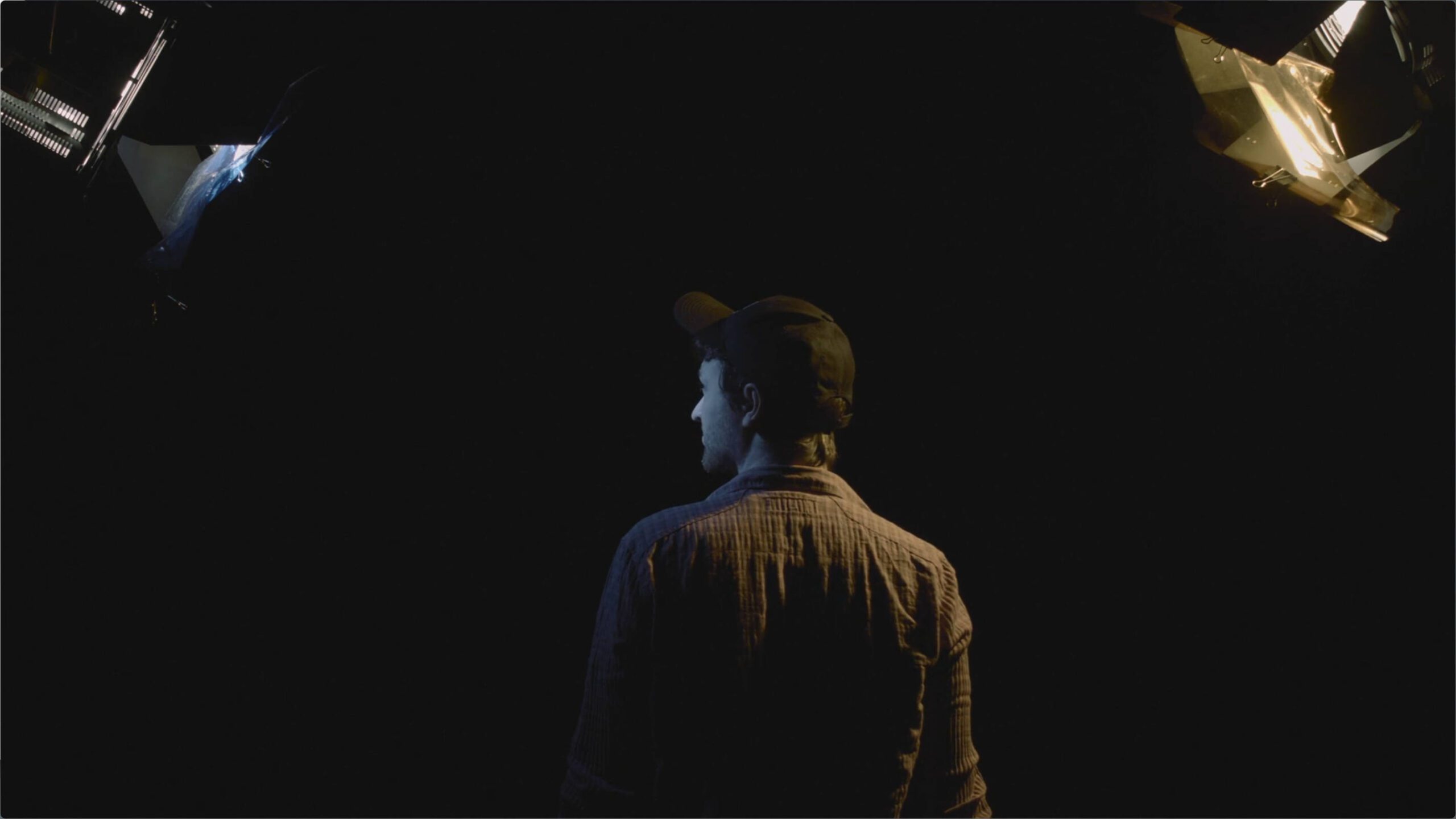 FAQs
FAQs
What equipment do I need for professional lighting?
To achieve professional lighting, you’ll need essential tools like LED panels, softboxes, reflectors, and a reliable camera with adjustable ISO settings.
How do I adjust colour temperature for different lighting situations?
You can adjust colour temperature manually on your camera or use gels to modify the light’s colour temperature.
How can I create a DIY lighting setup on a budget?
You can use household items like lamps and bedsheets to create a budget-friendly DIY lighting setup. There are plenty of online tutorials to guide you.
Is it necessary to invest in high-end lighting gear?
While high-end lighting gear can enhance your production value, you can achieve professional-looking results with mid-range equipment and creative lighting techniques.
What is the best lighting setup for interviews?
For interviews, a soft lighting setup with a key light and fill light is generally the most flattering.
How can I learn more about advanced lighting techniques?
Online resources, workshops, and tutorials from experienced videographers and cinematographers can help you master advanced lighting techniques.


